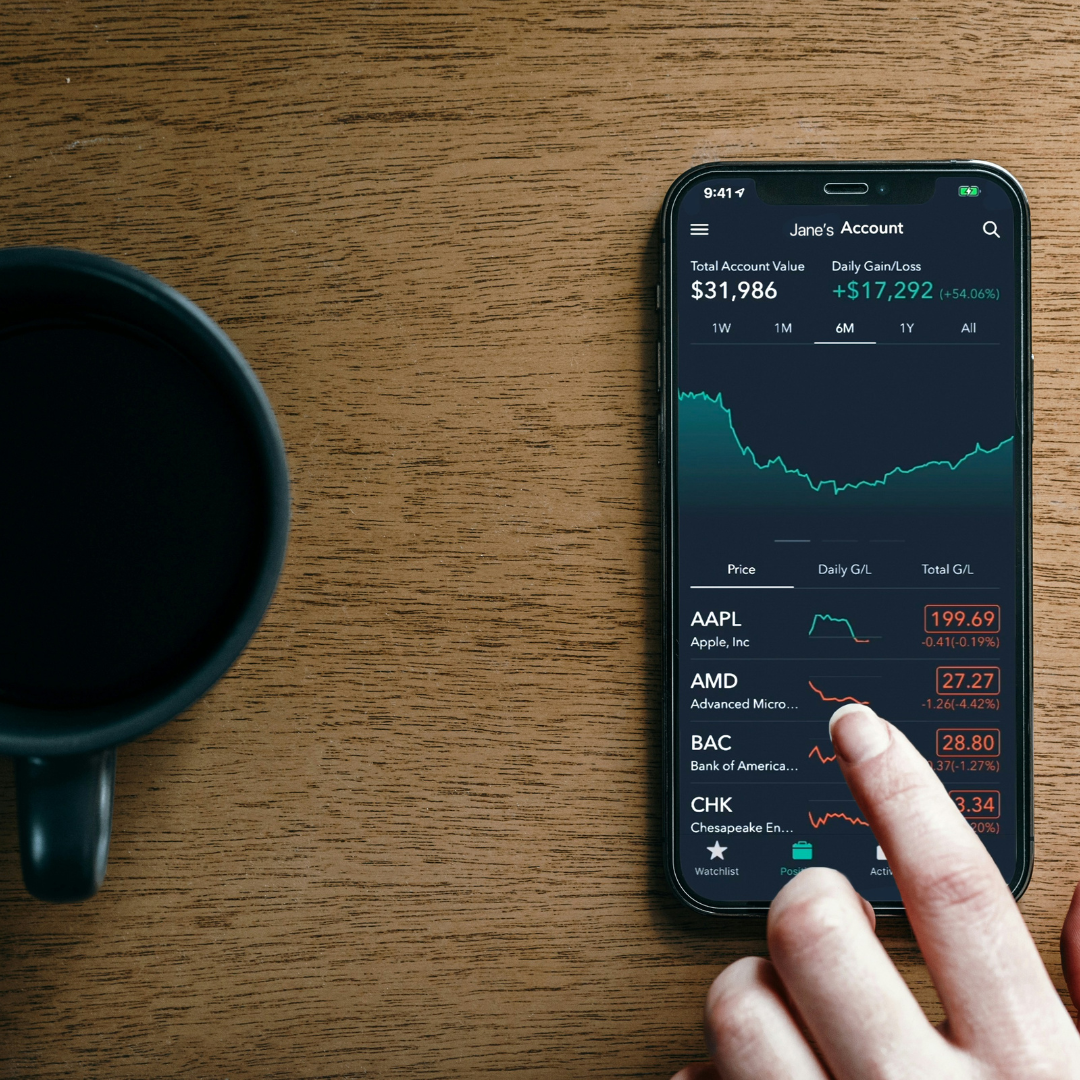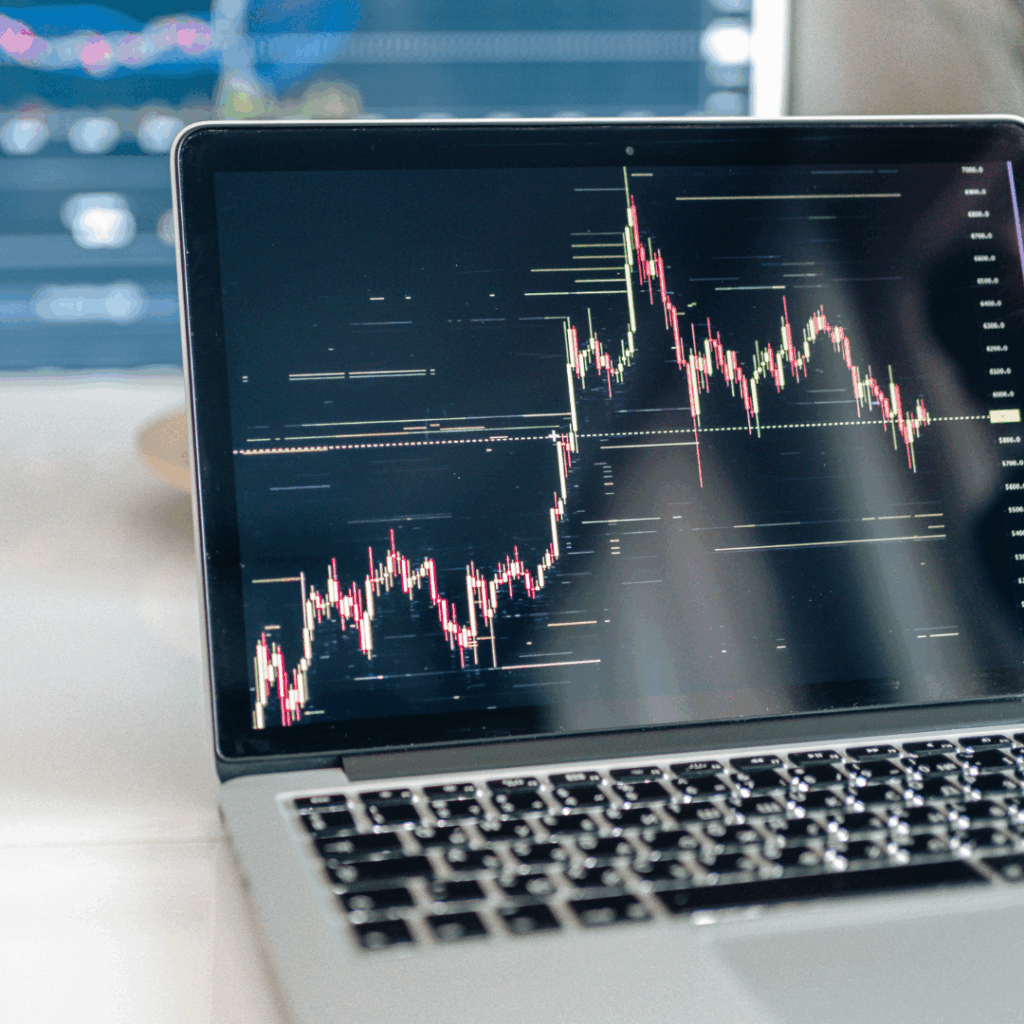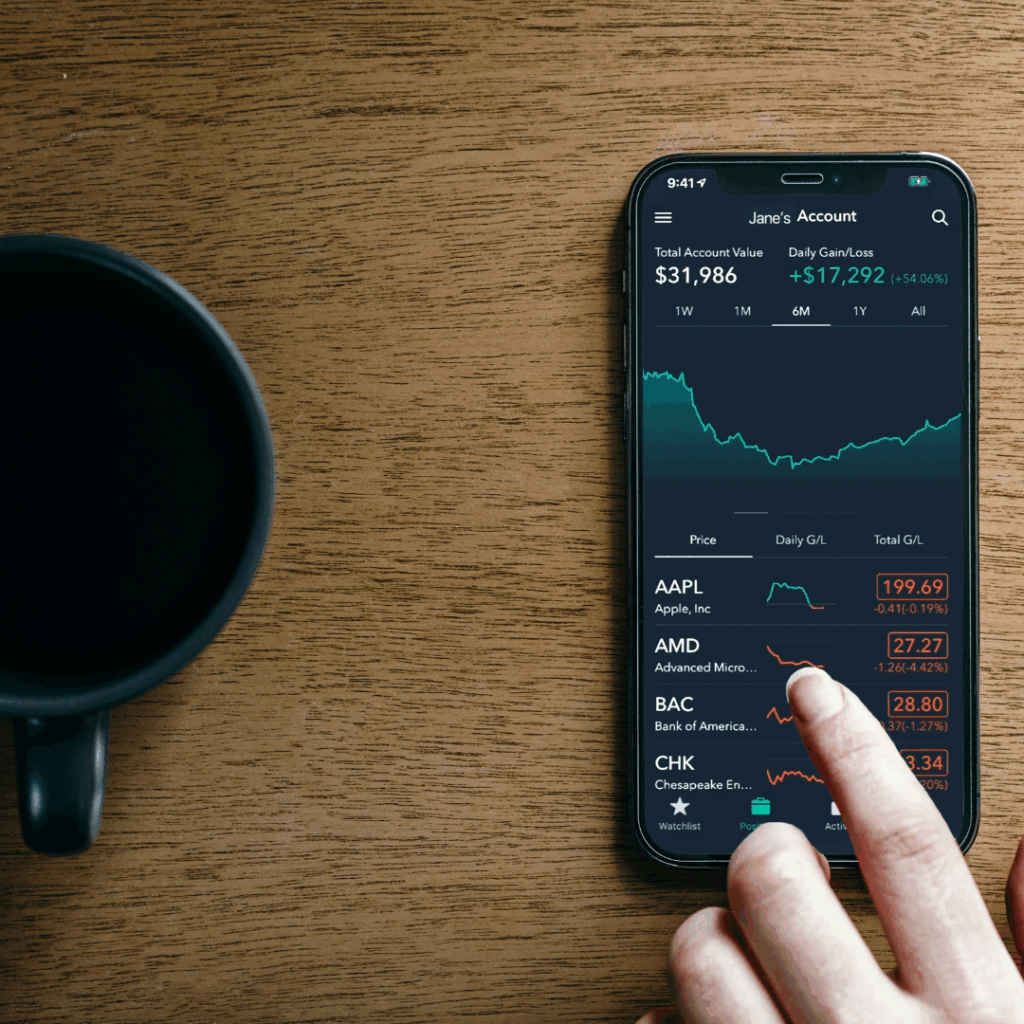In an industry where seconds can mean the difference between profit and loss, speed and precision have never been more critical. Over the past few years, artificial intelligence and automated trading systems have transformed the Forex landscape, ushering in a new era of efficiency — and a new set of challenges.
Automated trading bots, once reserved for institutional players, are now accessible to retail traders, enabling them to execute complex strategies around the clock without emotional interference. AI-powered algorithms can analyze vast amounts of market data in real time, identify patterns, and make split-second decisions that human traders simply can’t match.
But as with any technological shift, there’s a balance to strike. While automation can enhance consistency and mitigate emotional mistakes, it can’t replace the intuition and adaptability that experienced traders bring to the table. Blind reliance on bots can lead to over-optimization, unexpected drawdowns, and a dangerous sense of complacency.
Looking ahead, the most successful traders will likely be those who can blend the analytical power of AI with human insight and strategic flexibility. Embracing these tools as partners — not replacements — will be key to navigating increasingly volatile and complex currency markets.
As the line between human and machine-driven trading continues to blur, one thing remains clear: the future of Forex belongs to those who adapt and innovate without losing sight of the fundamentals.





